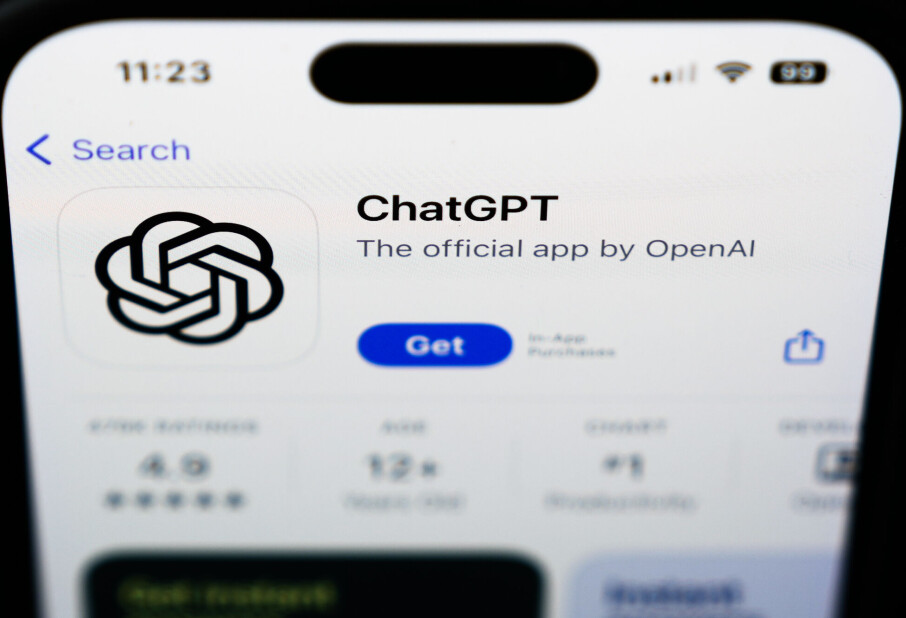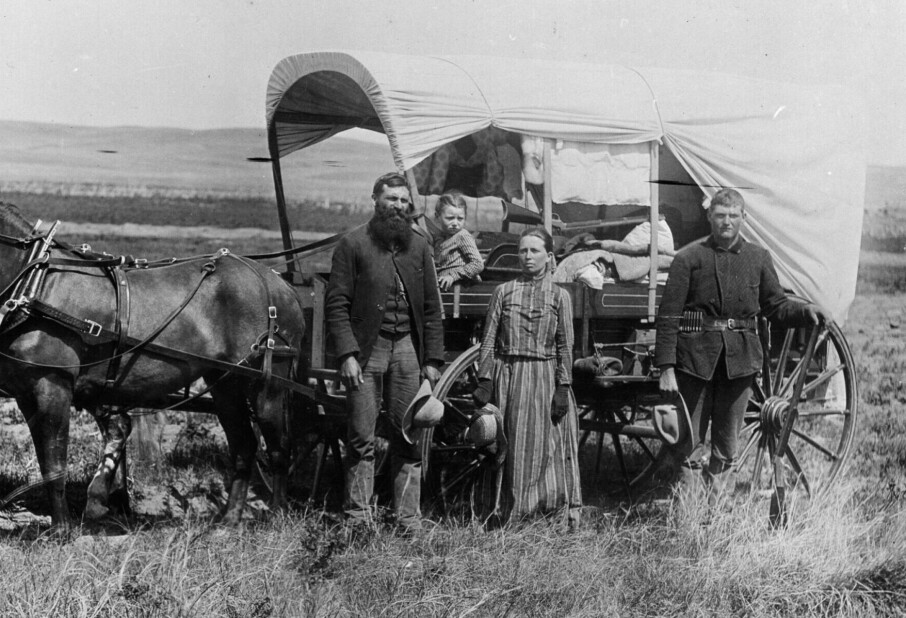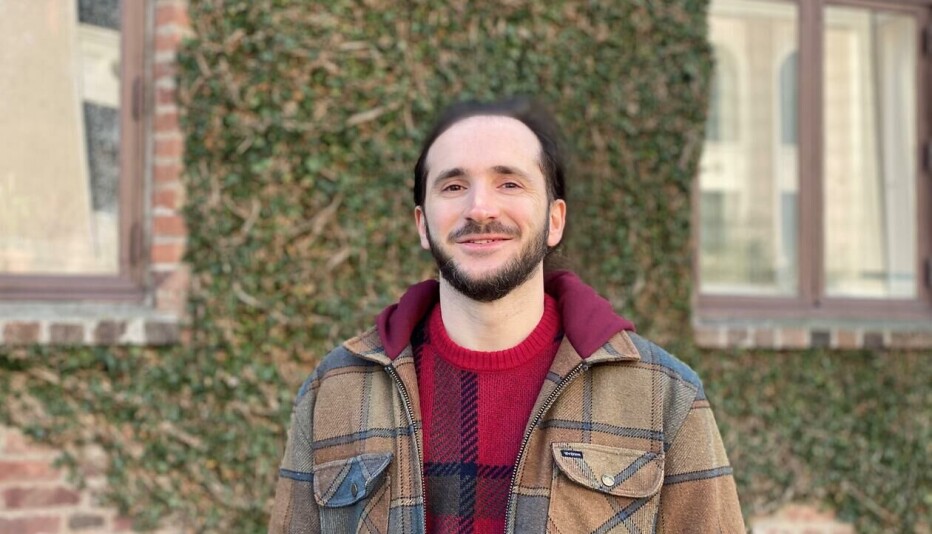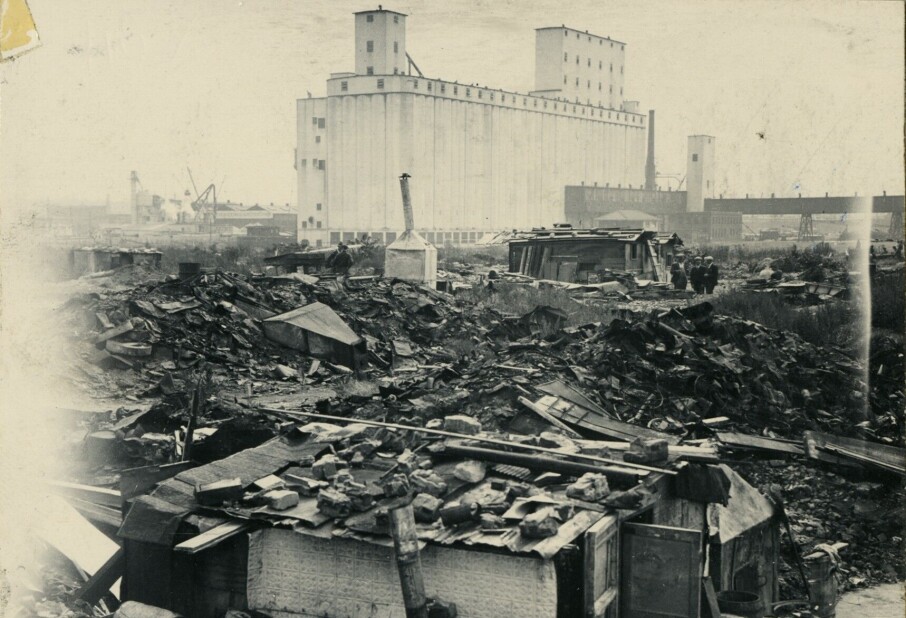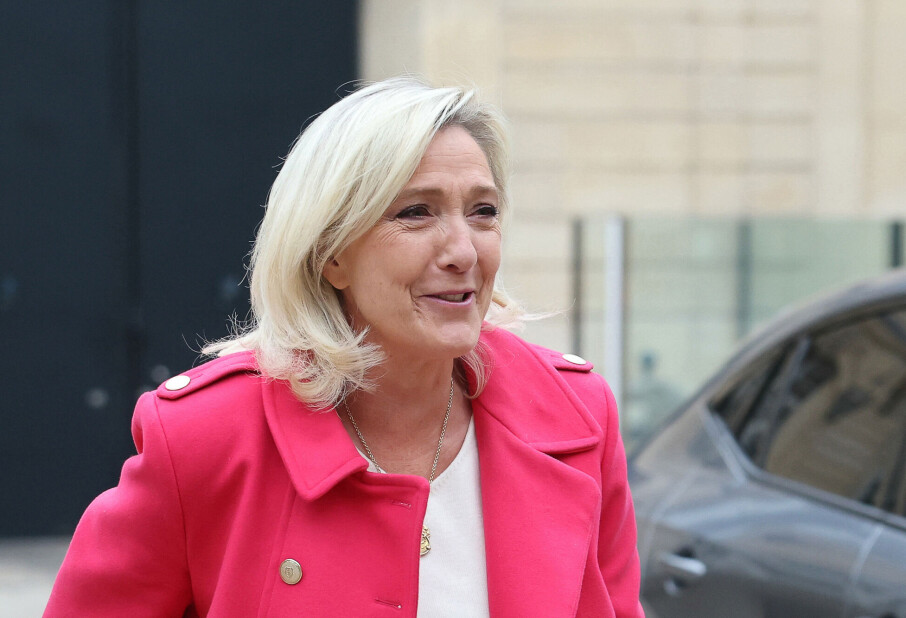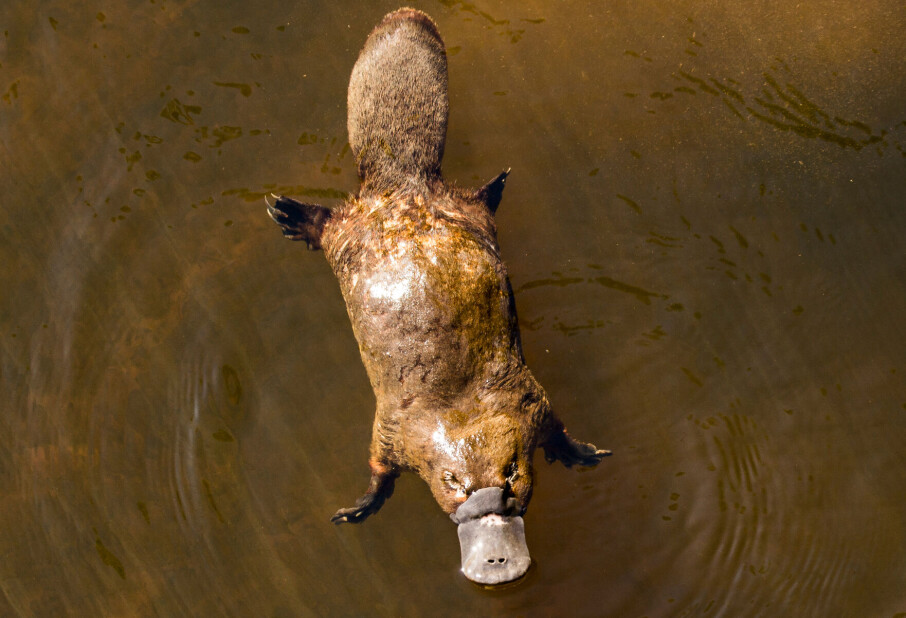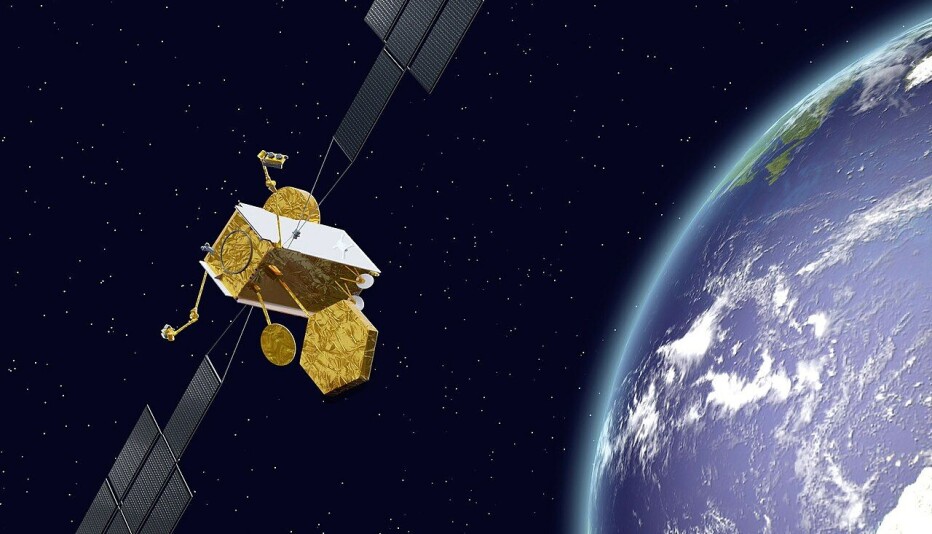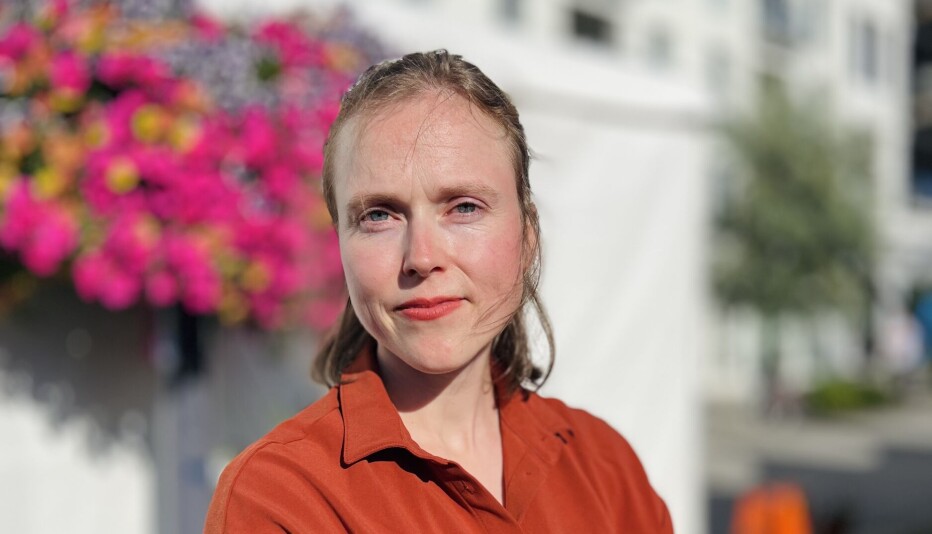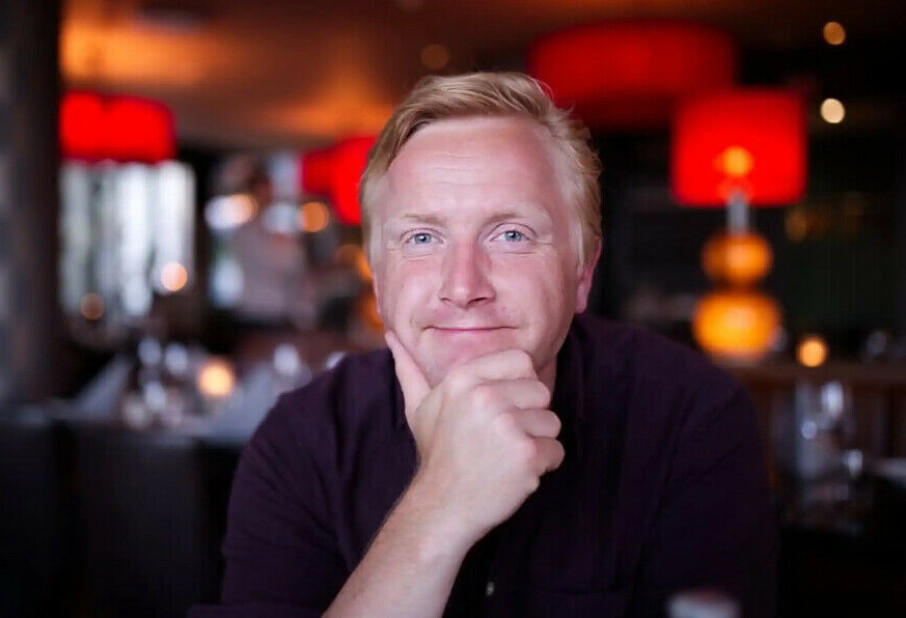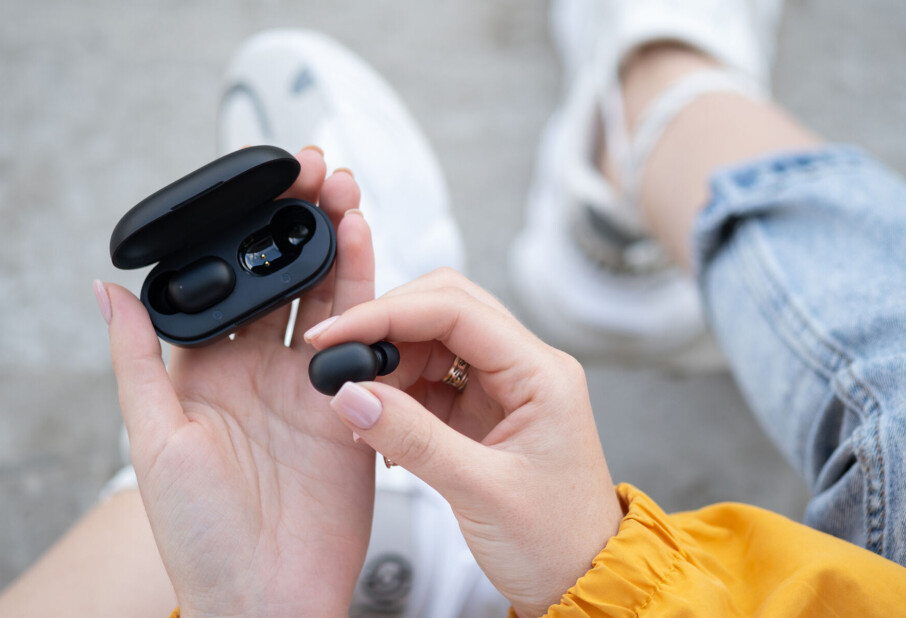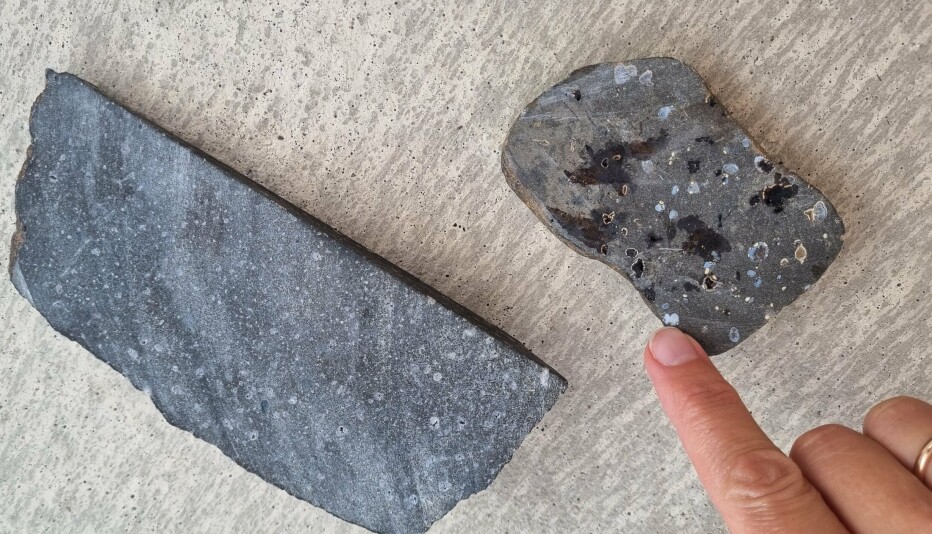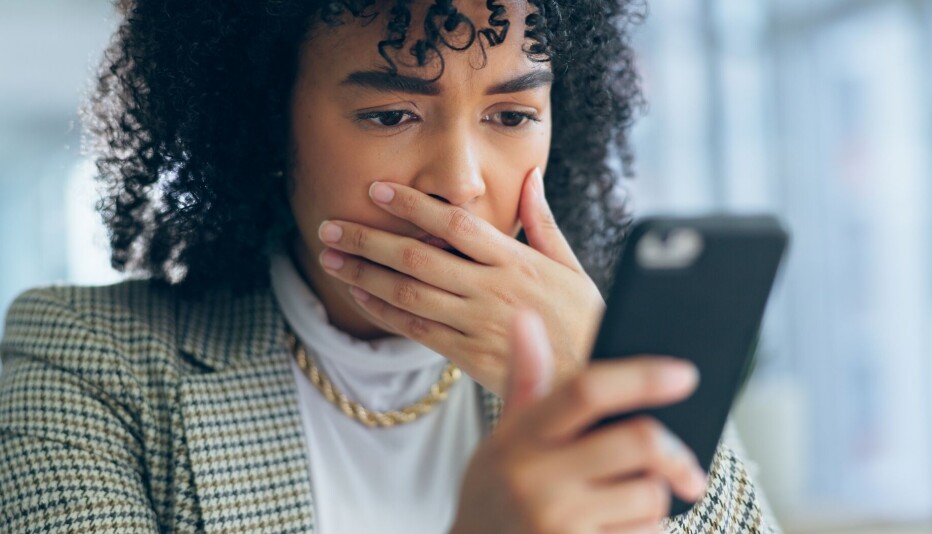Norway exports salmon with wounds, but that's not the real problem
OPINION: The real issue is that fish with wounds are sick and suffering. Removing the skin before sale does not make the salmon any healthier.

This is an opinion piece. It expresses the writer's opinions.
The Norwegian Broadcasting Corporation NRK has revealed that Norway exports salmon with wounds on the skin. It's a big story. Norwegian exports of farmed salmon are among the country’s largest industries.
There are strict regulations governing exports. Salmon exported out of the country must be of the highest quality. Salmon with wounds is considered to be of insufficient quality and is therefore prohibited from being exported under Norwegian law.
The revelation is therefore very serious in itself, but it also affects an industry that is already facing a great deal of criticism and scrutiny.
There is, however, an even more important problem in the background of this news story. The way this issue is now being discussed in Norwegian media risks giving the impression that everything is fine as long as the salmon is skinned before sale. That's not true.
This shouldn’t be a technical debate about regulations. It’s about how we treat the animals that feed us and sustain one of our most important industries.
Is salmon good and healthy if it's sick?
The story begins with NRK journalists accompanying staff at a salmon factory in Europe as they opened boxes of salmon from Norway. In nearly every shipment, they found fillets with wounds and damaged skin — even though the fish was labelled as high or standard quality.
On NRK's morning news the same day, the CEO of the Norwegian Seafood Federation, Geir Ove Ystmark, was interviewed about the issue.
"First of all, I want to be clear that regulations must be followed, and the salmon is good and healthy even if we have quality downgrading. But as long as the rules say it must be corrected before export, they must be followed," he said.
It’s almost hard to believe what you’re reading: Good and healthy. Quality downgrading. Corrected.
The language borders on absurd once you think about what's actually being discussed.

'Corrected' fish become food
Healthy salmon do not have gaping wounds. Healthy salmon have intact skin. That's why an expert on fish health advises consumers to buy whole salmon fillets with the skin on.
The advice still stands after reading the statement by Robert Eriksson, CEO of the Norwegian Seafood Association. NRK reports he reacted strongly to the photos from the factory, and then said: "This fish should not have reached the market. It should not be sold for human consumption before being corrected in Norway." (My emphasis.)
So: the sick fish still becomes food after 'correction.' But the correction does not make the fish any healthier.
When such huge quantities of salmon are 'downgraded' and 'corrected' – meaning the skin is removed from the fish to hide sickness or injury before slaughter – it covers up one of the biggest animal health problems in Norwegian food production.
Do we eat sick animals? Yes
Through a series of articles last year, Science Norway's Norwegian science magazine Forskning.no reviewed research on animal welfare in Norwegian food production, starting with the article Do we eat sick animals? (The answer is yes.)
The goal was not to expose illegal practices, as NRK commendably does here, but to reveal what was actually legal; how much animal suffering was in fact fully permitted under the regulations. This is where some of the most serious challenges in Norwegian livestock production lie.
NRK also touches on this in their article, writing that wounds and injuries have increased, and that in 2024, nearly one in six salmon required "downgrading" and "correction" before it could be sold as food.
Researchers: Salmon suffer the most
Salmon are among the animals that suffer the most, yet perhaps the ones we care the least about. Cute lambs, cute cows, cute chickens. It's easier for people to feel something when they see wounds on fur than on fish skin.
But when we ask researchers in animal welfare and veterinary medicine about the biggest problems in Norwegian animal husbandry, they often bring up salmon first.
This is how a department director at the Norwegian Veterinary Institute describes a salmon's life:
"The salmon swims quietly in the pen. It swims around with poor heart health. Perhaps its vision is impaired. Its gills are only partially functioning. It has large, open skin wounds and struggles with multiple pathogens at once. The fish also experiences physiological chaos before being transferred to sea cages."
One of the veterinarians and fish health researchers we spoke to said this:
"Farmers have realised that it's better to slaughter the salmon out in the pens, as this prevents many from dying on the way to land."
He explains that many salmon are slaughtered just in time. Before they die on their own and cannot be sold. But the damage to their skin speaks clearly about how sick the fish are.
Breaking the law is bad, but sick animals are worse
NRK's focus is important from a trade perspective: The fish Norway exports must be of high quality. If fish with wounds are exported, they do not meet that standard and it is illegal to export them. When the fish is still exported, it's a breach of the regulations. And that's bad. It's not allowed.
But the problem is bigger than this. NRK's coverage and the seafood industry's language make it sound like a technical issue that can be solved by simply skinning the fish before it's exported. Fix it a bit, and everything will be fine, so to speak.
That's not the problem. The problem is that we allow so many fish to be sick. That so many fish suffer. And that all of this happens within the rules we have set. The problem is the animal suffering we allow.
The only correction we need is better welfare for the animals we eat. No one wants to eat animals that suffer, but we're tricked into doing it every day.
———
Translated by Alette Bjordal Gjellesvik
Read the Norwegian version of this article on forskning.no
Related content:
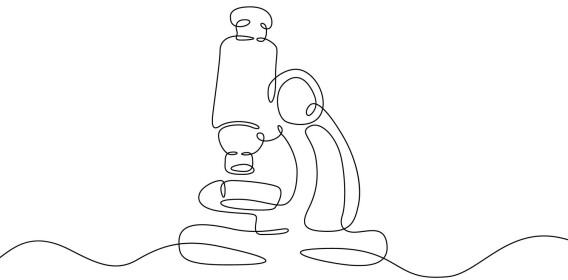
Subscribe to our newsletter
The latest news from Science Norway, sent twice a week and completely free.




















